Screenshot to VC++ - screenshot-to-code conversion tool
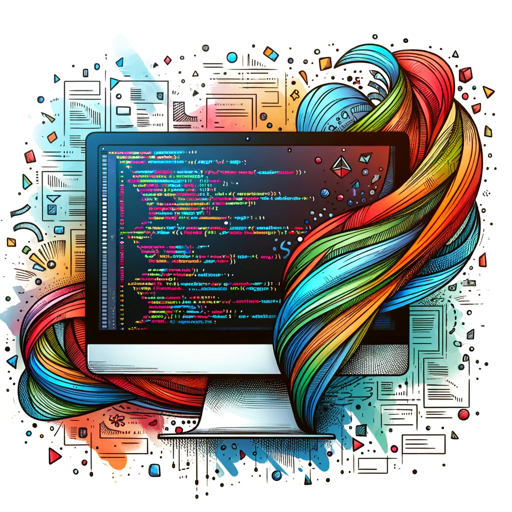
Hi! Upload a screenshot of your desired app interface, and I'll help you generate the VC++ code.
AI-powered screenshot to VC++ code generator
Upload a screenshot for VC++ code.
Get Embed Code
Introduction to Screenshot to VC++
Screenshot to VC++ is a tool designed to convert user-provided screenshots of graphical user interfaces (GUIs) into Visual C++ (VC++) code, simplifying the process of creating desktop applications. The core purpose is to accelerate UI development by analyzing the visual structure, layout, and design of an interface, and then generating corresponding C++ code for that interface using Microsoft Foundation Classes (MFC) or other relevant libraries. This solution saves developers time in manually crafting UI code from scratch, particularly when prototyping or working with predefined designs. For instance, a developer might have a UI mockup for an application containing buttons, text boxes, and labels. By uploading the screenshot, Screenshot to VC++ will analyze the visual components and generate code for those specific UI elements, ensuring the layout, styling, and behavior match the mockup as closely as possible. Powered by ChatGPT-4o。

Key Functions of Screenshot to VC++
Image to UI Code Conversion
Example
A developer uploads a screenshot of a login screen with two input fields for username and password, and a submit button. The tool generates VC++ code defining the input fields, their respective positions, size, labels, and a clickable submit button with a skeleton event handler for user input validation.
Scenario
Used when converting mockups from UI/UX designers directly into working code, enabling rapid prototyping of desktop applications without manually crafting every component.
Element Detection and Layout Replication
Example
The screenshot contains a form with various input fields, a dropdown menu, and radio buttons. Screenshot to VC++ identifies these elements and replicates their positioning and styling in VC++ by defining them as MFC controls such as CEdit for input fields, CComboBox for dropdowns, and CRadioButton for radio controls.
Scenario
A real-world use case would be a business application where form-based input is common, such as a customer data entry system. Developers can use this function to quickly replicate standard form-based UIs.
Color and Style Matching
Example
If the screenshot includes custom styles like a specific background color, border styles, or fonts, Screenshot to VC++ integrates these into the generated code, ensuring that the UI retains the same look and feel.
Scenario
For applications requiring strict adherence to brand guidelines, such as a company’s internal software, this function ensures that design aesthetics are fully respected in the UI translation.
Event Handling Integration
Example
When a screenshot contains interactive elements like buttons or sliders, Screenshot to VC++ includes corresponding event handlers in the generated code, such as adding an OnClick function for a button that triggers an action.
Scenario
This is especially useful in scenarios where user interaction is central to the application’s functionality, such as dashboards or control panels. Developers can quickly integrate user-triggered actions without writing handlers from scratch.
Multi-Screen UI Generation
Example
A user uploads a series of screenshots representing different screens in an application, such as a main menu, settings page, and a dashboard. The tool generates separate VC++ code for each screen, organizing them in a modular way for easy navigation and screen transitions.
Scenario
In larger applications that involve multi-step user processes, such as software installers or configuration wizards, this function helps streamline development by automating the code generation for each part of the user journey.
Target Users for Screenshot to VC++
Professional Desktop Application Developers
Experienced developers working on complex desktop applications that require detailed UIs, especially those utilizing the MFC framework. They benefit from saving time in writing repetitive UI code and can use the tool to quickly prototype and implement user interfaces based on client or designer input.
UI/UX Designers Collaborating with Developers
Designers who create UI mockups and need to hand them off to developers for implementation. By using Screenshot to VC++, they can facilitate this process by providing a screenshot that developers can turn into code quickly, reducing the gap between design and implementation.
Software Prototypers
Individuals or teams working in rapid software prototyping environments where time-to-market is crucial. These users need to translate UI ideas into working code fast, often with minimal manual coding effort, making the tool ideal for speeding up iteration cycles.
Educators and Learners
Teachers and students in software development courses, particularly those focused on C++ programming, can use this tool to quickly generate code for learning and experimentation. It simplifies the process of understanding how UI elements translate into code, making it a valuable learning resource.
Small Teams and Startups
Small development teams or startups with limited resources who want to focus more on functionality than UI design. Screenshot to VC++ helps them skip over the time-consuming UI-building process and focus on core functionality, thus maximizing productivity.

Guidelines for Using Screenshot to VC++
1
Visit yeschat.ai for a free trial without login, also no need for ChatGPT Plus.
2
Prepare a screenshot of the UI design or application you want to convert to Visual C++ code. Ensure the image clearly captures all elements like buttons, text, and layout.
3
Upload the screenshot via the platform interface or drag and drop the file. The tool will analyze the visual elements and interpret them into VC++ code.
4
Review the generated VC++ code for accuracy. The code will match the exact visual details of your screenshot, including colors, text, and layout. Make necessary adjustments based on your project’s needs.
5
Download or copy the generated VC++ code and integrate it into your development environment. Follow any additional customization requirements depending on your application.
Try other advanced and practical GPTs
Screenshot to Java
AI-powered screenshot to Java converter
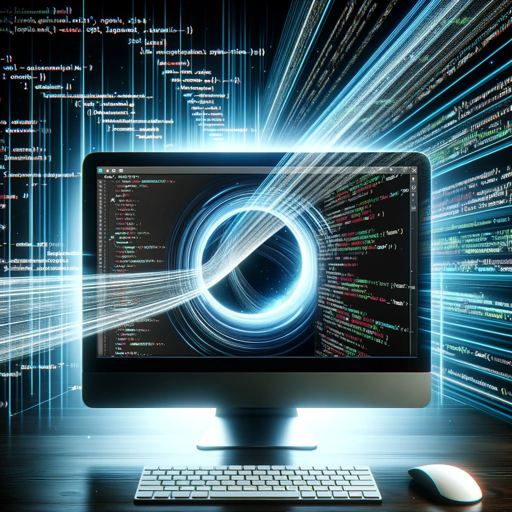
Screenshot to iOS Code
Convert UI screenshots to iOS Swift code using AI

VizCritique Pro
AI-powered insights for better data visuals
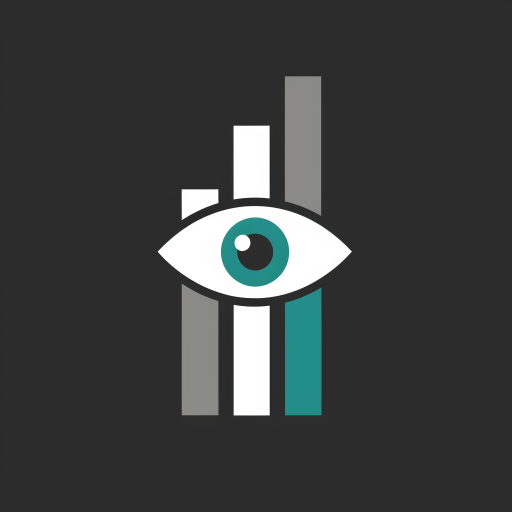
Prem Darpan
Cultural insights at your fingertips

Prepa Bac
Empowering Learning with AI

Screenshot to HTML
Transform images into webpages instantly
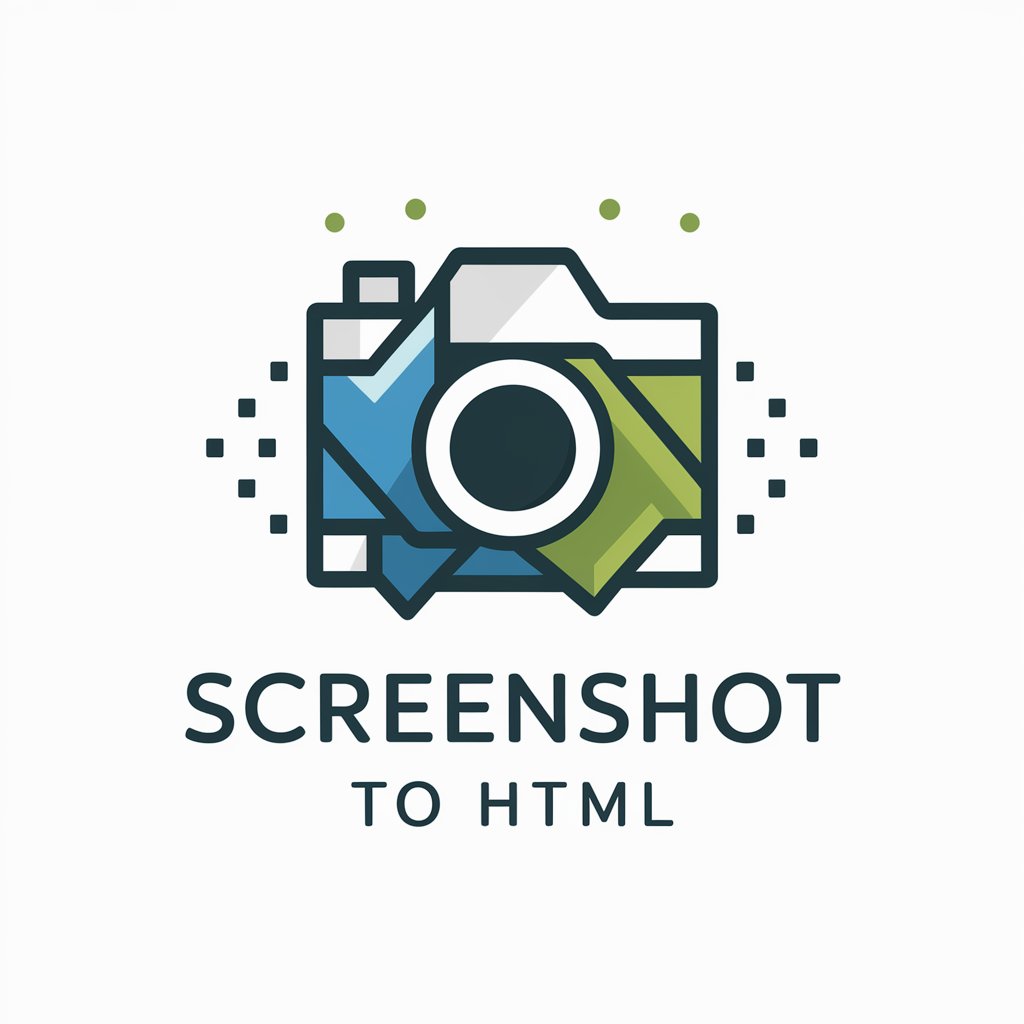
Screenshot to Android Code
AI-powered tool for turning screenshots into Android code
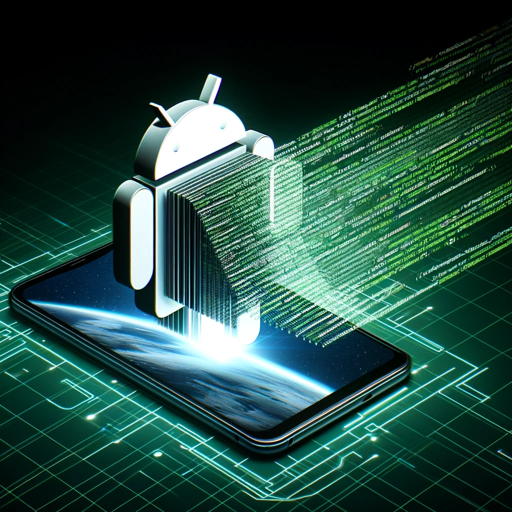
Cell Comms
Elevating Telecom Insights with AI

Eng. Biomédica
Empowering Biomedical Excellence with AI

Coach Atlas
Evolving Fitness Through AI

Atlas
Empower Your Potential with AI

Atlas
Craft Your Vision with AI Artistry

Common Questions About Screenshot to VC++
Can Screenshot to VC++ handle complex UI designs?
Yes, the tool is capable of analyzing various UI elements like buttons, labels, and forms. However, extremely complex designs with intricate animations or custom controls may require additional manual coding.
What image formats are supported for the screenshot upload?
The tool supports common image formats such as PNG, JPEG, and BMP. Make sure the image is clear to ensure accurate code generation.
Can I use the generated code directly in my project?
Yes, the generated VC++ code can be directly integrated into your project. It matches the layout, fonts, and colors of your screenshot, but you might need to adapt it to your project’s specific requirements.
Does Screenshot to VC++ support generating code for custom controls?
It can handle basic UI elements found in common applications. If your screenshot contains custom controls, the tool will make a best guess, but some manual adjustments may be needed for highly customized elements.
Are there any prerequisites for using this tool?
You should have a basic understanding of Visual C++ and how UI elements are structured in code. Familiarity with your project’s architecture will help in effectively using the generated code.
